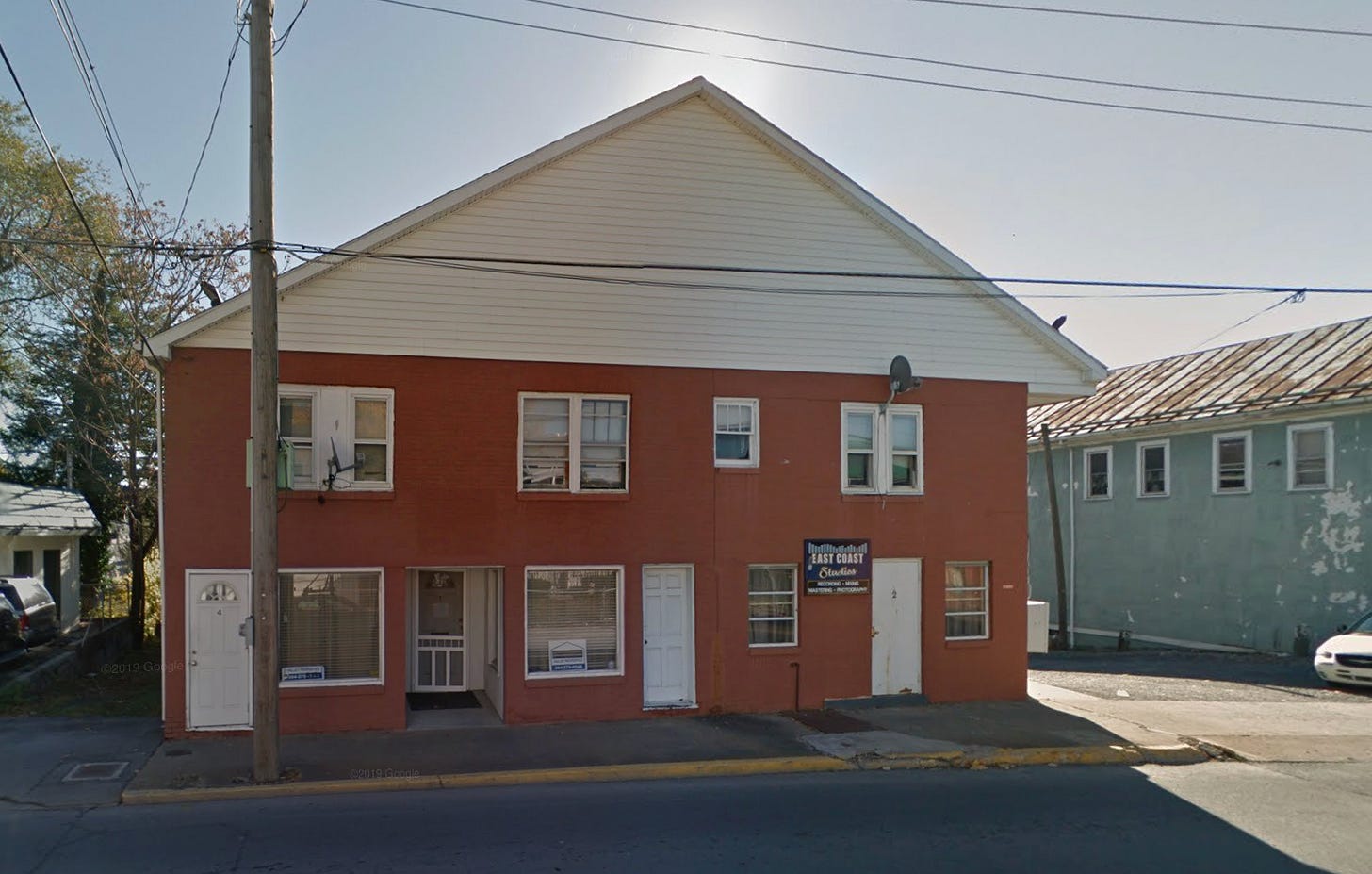A railroad man’s legacy: The story of the Edwards family of Martinsburg
Martin Luther Edwards, a grandson of German immigrants, was raised in the rolling countryside of Hedgesville, West Virginia, as one of at least ten siblings. His father was a farmer, and like many in his generation, Martin grew up in a world where hard work was both a necessity and an expectation.
At 25, he married Belle Mason, and just seven months later, in the summer of 1900, they welcomed their first child, Dora. By then, they had settled in Keyser, West Virginia, where Martin worked as a machine mover — an occupation that likely required both skill and physical endurance. Keyser was a bustling industrial and railroad town at the turn of the century, strategically located on the Baltimore & Ohio (B&O) Railroad line. This suggests Martin's job was likely tied to the railroad or local industry.
For at least seven years, they remained in Keyser, but by 1909, they had returned to Berkeley County and established themselves in Martinsburg. There, Martin found steady work as a blacksmith for the B&O Railroad, a trade that placed him at the heart of the town’s industrial pulse. Martin's career shifts from machine mover to blacksmith suggest he was skilled with his hands, likely strong and accustomed to demanding physical labor.
They first lived in a rented house on Cannery Boom before moving to 930 North Queen Street by 1913 and then a few doors down to 819 North Queen Street by 1917. In their later years, they resided at 142 Warm Springs Avenue, a home that would become their final refuge.
Their lives, like so many of their time, were marked by both resilience and tragedy. At 58, Martin endured the loss of his son George, a 23-year-old truck driver who died of a brain tumor. Seven years later, he suffered another devastating blow when his 25-year-old daughter Nancy died from complications after childbirth.
The baby, Ernest Myers Jr., survived — a living reminder of both loss and legacy. He would go on to serve in the Korean and Vietnam Wars, marry a German woman in 1961, have two children, and later divorce. Ernest himself passed away at just 42 years old in 1982, closing another chapter of the family’s complex history.
The losses may have shaped the Edwards’ later years, reinforcing a sense of duty to their surviving family members. In their 70s, Martin and Belle opened their home to their 8-year-old grandson, William Orr, the youngest son of their daughter Dora. A widow, Dora was incarcerated at the Winchester Frederick County Jail, a stark turn of fate that must have weighed heavily on them as they took in her child. Raising a young boy at that age would have been demanding, especially after a lifetime of labor.
Martin lived to age 82, passing away from heart failure in 1956. Belle followed three years later at 83, succumbing to the same cause.
Born in the late 1800s, Martin and Belle lived through immense societal changes: the Industrial Revolution, World War I, the Great Depression, World War II, and the early years of the Civil Rights movement. Together, they had weathered decades of change, hardship, and endurance — living lives shaped by the rhythms of work, family and loss.







